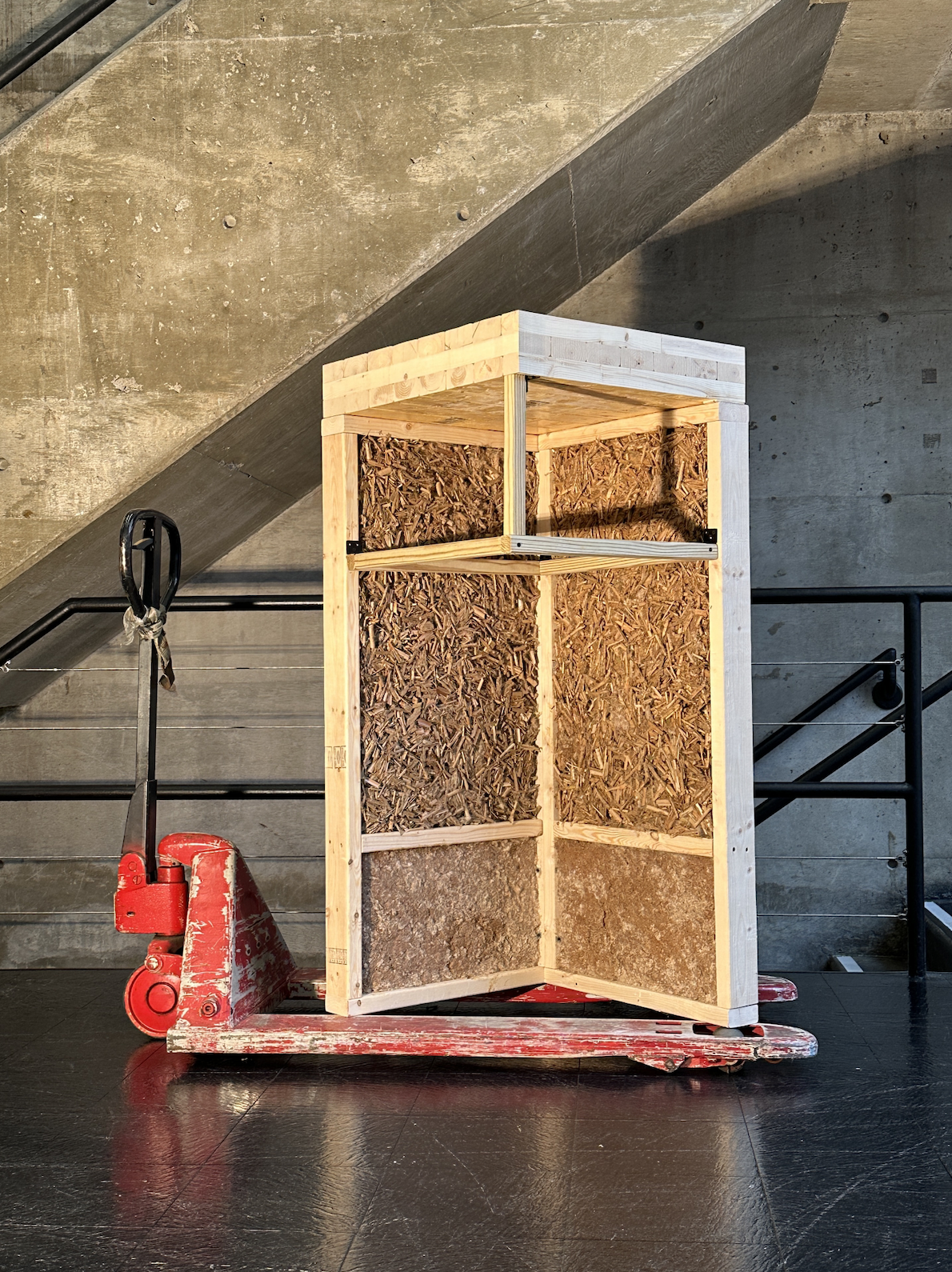
Post-Commodity Architecture:
From the Acre to the Sacred
Buildings are never just buildings—they are always expressions and reconfigurations of the land. Most of the built environment today is an expression of an extractive relationship to the earth, which is obscured by the global commodity chains that standardize and disconnect materials from the sites they come from. When we expand the ‘system boundary’ of a building and understand its relationship to the lands it is built from, we recover this reality. Today we ask: what would a post-commodity architecture look like, not built on taming the acre but on tending the sacred? How can we establish an ethic of care and reciprocity between a building and the lands it's made from? To explore this concretely, we take Gund Hall as a case study and propose a new material palette through this fragment model of a Gund classroom.
By Manuel Bouzas, Olivia Harden, Sihan Zhao & Jordan Strasser









